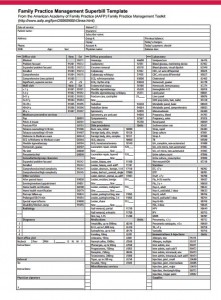Enabling physician support of ICD-10 documentation requirements is one of the most important milestones in NYP’s ICD-10 project. In order for NYP to be compliant with ICD-10, our physicians need to incorporate additional details into the documentation that they enter into their patients’ charts. For example, proper ICD-10 coding requires information about the cause of a patient’s condition, the severity of that condition, and how long the patient has experienced it – details that are not necessary for ICD-9 coding.
NYP is supporting physicians in providing this additional documentation through several avenues. The Documentation Improvement team has been training physicians on the additional ICD-10 documentation requirements for their specialty. Documentation Nurses are also beginning to incorporate ICD-10 documentation requirements into their chart reviews, sending queries to physicians whose documentation is missing details that are needed for ICD-10 coding.
Additionally, the ICD-10 Provider Education and Adoption workgroup has collaborated with the IT department to develop a tool that is embedded in the Allscripts Sunrise Clinical Manager (SCM)Electronic Medical Record that helps guide physicians to provide ICD-10 required documentation while they are in the patient’s chart. Called ICDx, this tool will launch automatically when a provider opens certain types of notes. The tool helps providers maintain an accurate ICD-10 problem list which drives documentation that can be readily coded in ICD-10. By guiding physicians to include ICD-10-compliant documentation while they are in the patient’s chart, the tool should reduce the need for subsequent queries from Documentation Improvement nurses.
The ICDx tool is currently being piloted with twelve physicians, who have provided mainly positive feedback. The team is incorporating some requested changes into the tool, and plans to launch the tool institution-wide for the ten most frequently used notes on each campus later in the spring. The tool will be incorporated into additional notes over time in order to ensure that our physicians can easily provide the required documentation for ICD-10 coding.
